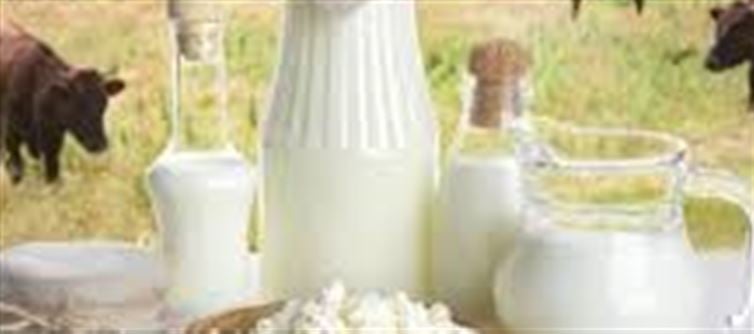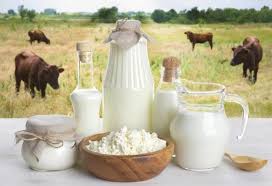
Milk is a staple in many households, but not all milk is created equal. Cow milk and buffalo milk differ in nutrients, fat content, and digestibility. Here’s a detailed comparison to help you choose what’s best for you and your child.
1. Fat Content
- Cow Milk: Contains 3–4% fat, making it lighter and easier to digest.
- Buffalo Milk: Contains 6–7% fat, giving it a creamier texture and richer taste.
Tip: If you’re watching calories or fat intake, cow milk may be preferable.
2. protein Levels
- Cow Milk: Moderate protein content, good for children and adults.
- Buffalo Milk: Higher protein, which is ideal for those needing extra energy or muscle building.
3. calcium and Minerals
- Cow Milk: Provides calcium and essential vitamins like B12.
- Buffalo Milk: Richer in calcium, phosphorus, and minerals, which can support stronger bones.
4. Digestibility
- Cow Milk: Easier to digest due to lower fat and smaller fat globules; preferred for children and the elderly.
- Buffalo Milk: Heavier and slower to digest; may cause bloating in sensitive individuals.
5. Lactose Content
- Both types contain similar levels of lactose. people with lactose intolerance may need lactose-free alternatives.
6. calories and Weight Management
- Cow Milk: Lighter and lower in calories, making it suitable for weight-conscious individuals.
- Buffalo Milk: Higher calories due to fat content; provides more energy but may contribute to weight gain if consumed in excess.
7. Best Uses in Cooking
- Cow Milk: Ideal for drinking, cereals, smoothies, and light recipes.
- Buffalo Milk: Perfect for making paneer, ghee, and desserts because of its richness.
8. Which Is Better for Children?
- Cow Milk: Easier to digest and less heavy for young stomachs.
- Buffalo Milk: Nutrient-rich, especially for children needing extra calories and protein, but moderation is key.
Bottom Line:
- Cow Milk: Best for easy digestion, lower fat, and daily consumption.
- Buffalo Milk: Ideal for nutrient-rich cooking, higher protein and calcium, and for those who need more energy.
Choosing the right milk depends on age, dietary needs, and personal preference.
Disclaimer:
The views and opinions expressed in this article are those of the author and do not necessarily reflect the official policy or position of any agency, organization, employer, or company. All information provided is for general informational purposes only. While every effort has been made to ensure accuracy, we make no representations or warranties of any kind, express or implied, about the completeness, reliability, or suitability of the information contained herein. Readers are advised to verify facts and seek professional advice where necessary. Any reliance placed on such information is strictly at the reader’s own risk.




 click and follow Indiaherald WhatsApp channel
click and follow Indiaherald WhatsApp channel